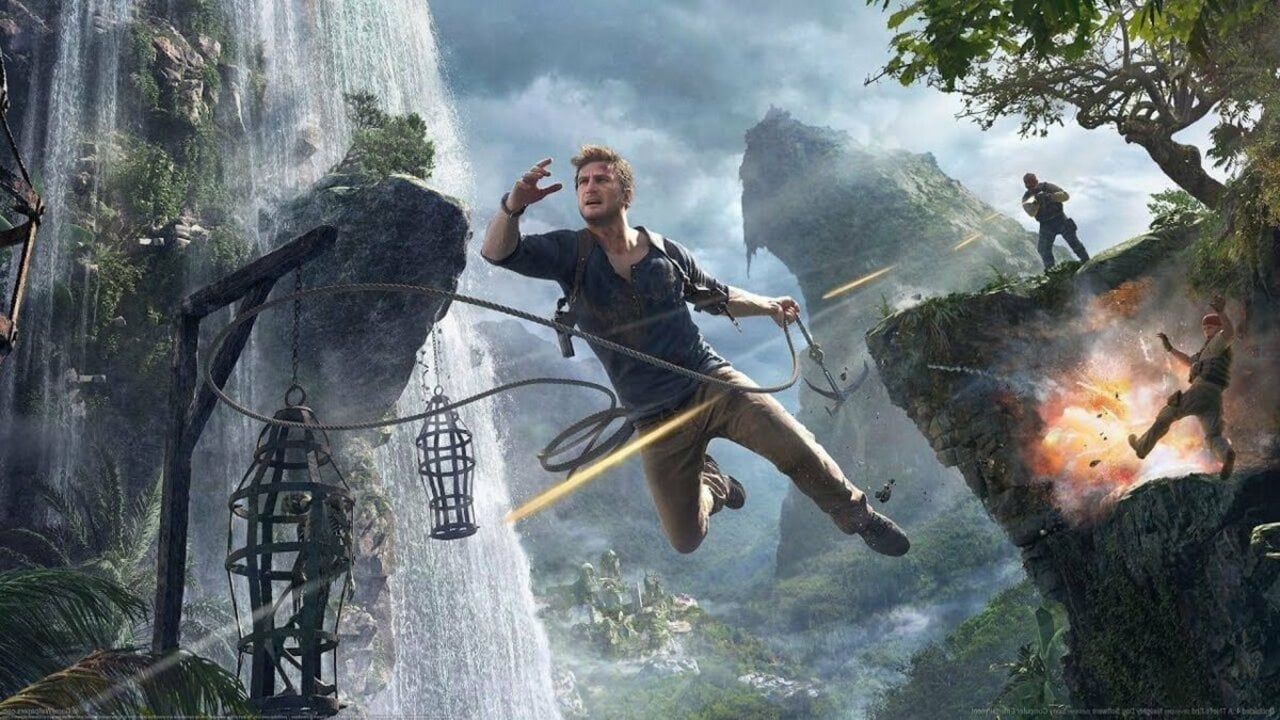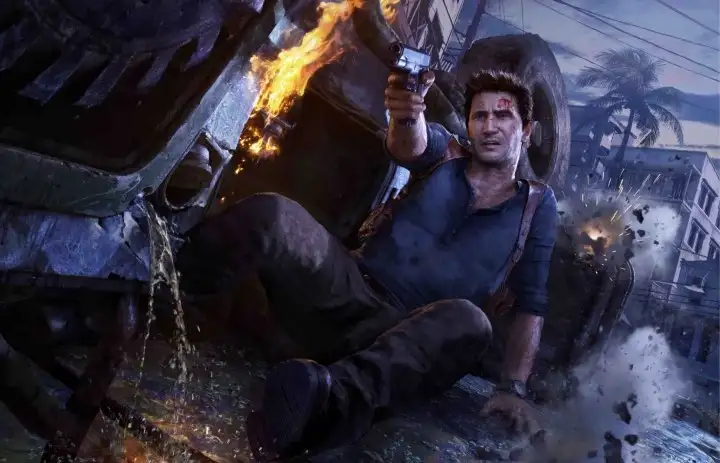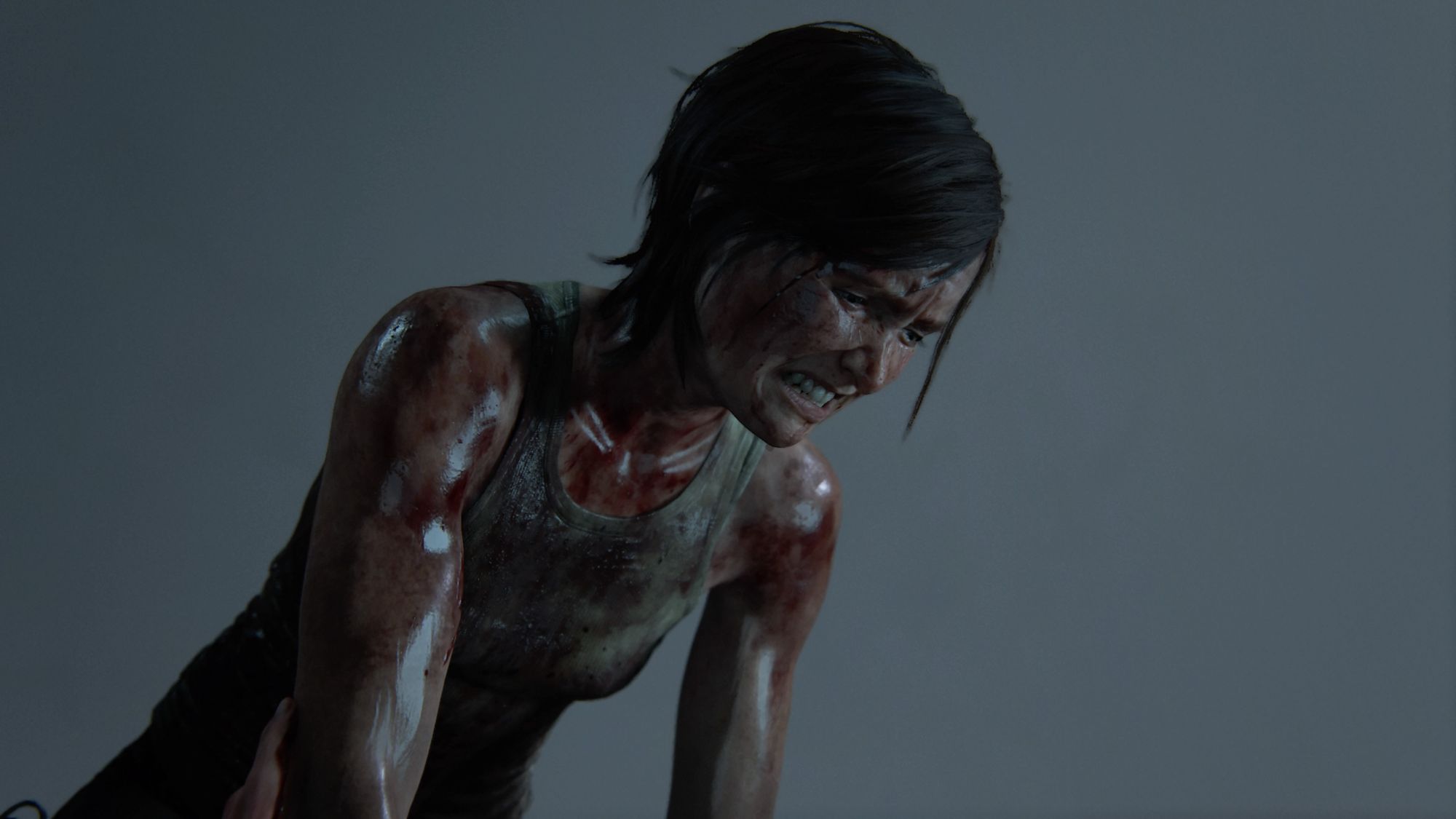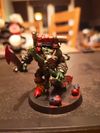I'm a Nice Guy, Just Ignore the Bodies
Uncharted’s Nathan Drake has killed hundreds: why don’t players care?

Is Nathan Drake a serial killer? The body count left in his wake certainly suggests that this question can’t easily be dismissed. But why do we gamers generally think of Nathan as a happy-go-lucky hero despite the horrific things he does? The answer really comes down to ludonarrative dissonance.
Ludonarrative dissonance definition
Ludonarrative dissonance is the conflict between a video game’s narrative told through the story and the narrative told through the gameplay. Ludonarrative, a compound of ludology and narrative, refers to the intersection in a video game of ludic elements (gameplay) and narrative elements. The term was coined by game designer Clint Hocking in 2007 in a blog post.
Wikipedia
Uncharted — gaming’s ‘summer blockbuster’ franchise — first appeared on consoles in November of 2007. After an initially rocky start, the series found its footing by the time the sequel (Uncharted 2: Among Thieves) debuted in October of 2009. Since then, Uncharted has become one of the most loved PlayStation franchises, sitting comfortably alongside the likes of The Last of Us, Ratchet and Clank, Gran Turismo, and Crash Bandicoot to name but a few.
In Uncharted, you play as the swashbuckling, treasure-seeking Nathan Drake as you explore the world looking for treasure and leaving a trail of destruction in your wake. A big part of what makes Uncharted so much fun is how fluid and dynamic the combat is: it forces you to constantly move. Staying fixed in one place can be deadly as enemies quickly swarm on your position. Although gunplay isn’t as refined as other Naughty Dog games, it’s fun and whimsical (befitting of the summer blockbuster moniker, and quite different from the bleak melancholy of The Last of Us).

This is where the ludonarrative dissonance rears its ugly head. Uncharted is light-hearted — I described it as whimsical just a moment ago — yet this framing is at odds with the things you actually do in the game as you play. From a gameplay perspective, Nate (and whichever companion he is with: Sully, Elena, Chloe, Sam, or Cutter) will kill hundreds of enemies without a second thought. And yet he is portrayed as a fun, likeable guy (perhaps a scoundrel at times) who is ultimately the “good guy”. At no point do the game’s writers attempt to address the gulf between gameplay experience and narrative representation. It can feel like you’re lurching between two very different characters when you swing between gameplay and cutscenes.
Naughty Dog made a clear design decision: ignore the problem, sweep it under the rug, and hope the player won’t notice. Although I personally find the disparity jarring, it’s tough to expect Naughty Dog to “fix” it. After all, ludonarrative dissonance is often more a feature than a bug across most games that involve forms of violence. If we were constantly expected to reflect on our horrendous destruction of the ‘bad guys’ in games, said games likely wouldn’t be very enjoyable, surely.
While Naughty Dog has clearly made the decision not to directly address the violence Nate commits, they do occasionally nod to it. The first time they did this was in Uncharted 2: Among Thieves where — in the final moments of the fight between Lazarević and Nathan — Lazarević says:
“You think I am monster, but you’re not different from me Drake. How many men have you killed? How many, just today?”
Nathan draws his gun closer to Lazarević, prompting this response:
“That’s it boy, no compassion no mercy.”
Uncharted 4: A Thief’s End nods to the dilemma with a trophy (appropriately named “ludonarrative dissonance”) — you need to kill 1,000 enemies to acquire the trophy.
So, what does Naughty Dog actually say when asked to directly address the gulf between gameplay and narrative?
Bruce Straley — director for both Uncharted 4 and The Last of Us — discussed this issue in a GamesIndustry.biz interview:
“Can you create a game that’s as interesting and character-driven and compelling as an Uncharted story or Last of Us story without shooting? I think you can. Again the concept has to be…how can I create a rich enough world to allow for interesting core mechanics?”
Bruce pointed to both the state of the industry as well as the state of Naughty Dog itself at the time the Uncharted games were made as being contributing factors. Although Uncharted didn’t address ludonarrative dissonance over the course of the series, Naughty Dog did consider how to address inevitable conflict and its implications with The Last of Us.

How did Naughty Dog solve the problem?
The Last of Us didn’t simply hand-wave the issue. Rather, it arguably set the standard for how video games can deal with the murky question of violence and morality. Naughty Dog never explicitly told us that the character we controlled was good or bad. Instead, players had valid reasons to perceive them either way thanks to their inherent emotional complexity. The painful, complex, and often-unpredictable consequences of violence were also laid bare. Every character in The Last of Us had justifiable reasons for committing acts of violence and no character was immune from the often-horrific psychological impacts of said violence.
If Naughty Dog has demonstrated so effectively that they know how to handle ludonarrative dissonance, why didn’t they deal with it in the Uncharted series? When I compare The Last of Us to Uncharted, I see two very different games that each require different states of mind to play. The Last of Us is a slow burn. Combat is often slow and desperate; it can feel awkward and scrappy, which is obviously very deliberately an attempt to imbue it with added realism. And the narrative itself is filled with both light and shade. Uncharted, on the other hand, is very much the video game version of a summer blockbuster; it’s all about having a good time. You don’t play Uncharted to explore the moral crises unfolding in the protagonist’s mind. No, you’re there for an adventure! It’s a high-speed rollercoaster, not a meandering escape room. From a game design perspective, Uncharted is very deliberate about what it is and what it is not.
The question we’re left with is a pertinent one, then: should you let ludonarrative dissonance ruin a game for you?
It’s worth pointing out that no matter how much the tension between narrative and gameplay impacts you, developers are highly unlikely to close the gap in any meaningful way as a general rule. There are moments when players will want to wade through the proverbial mud and explore the darkest aspects of humanity. But more often than not, folks simply want to shoot stuff and have a lighthearted good time. If nothing else, video games can be an escape from the troubles of the real world — this is where ludonarrative dissonance becomes a superpower rather than an anchor.
Comments
Sign in or become a SUPERJUMP member to join the conversation.
